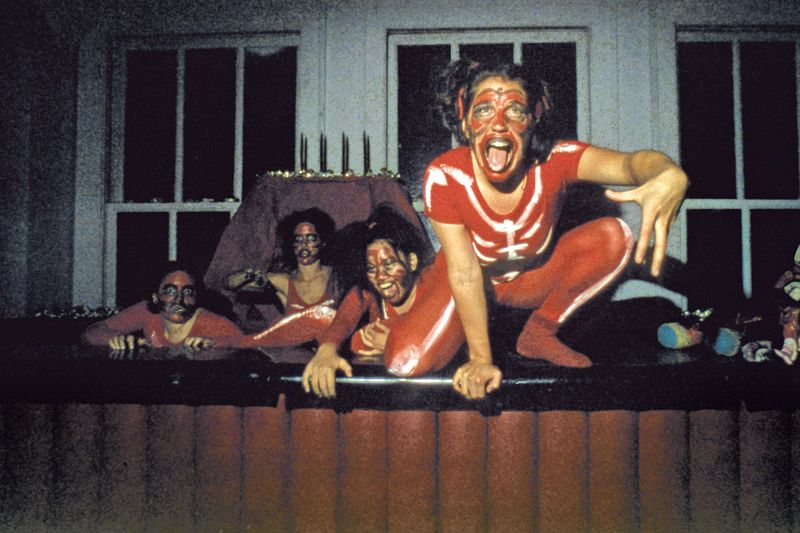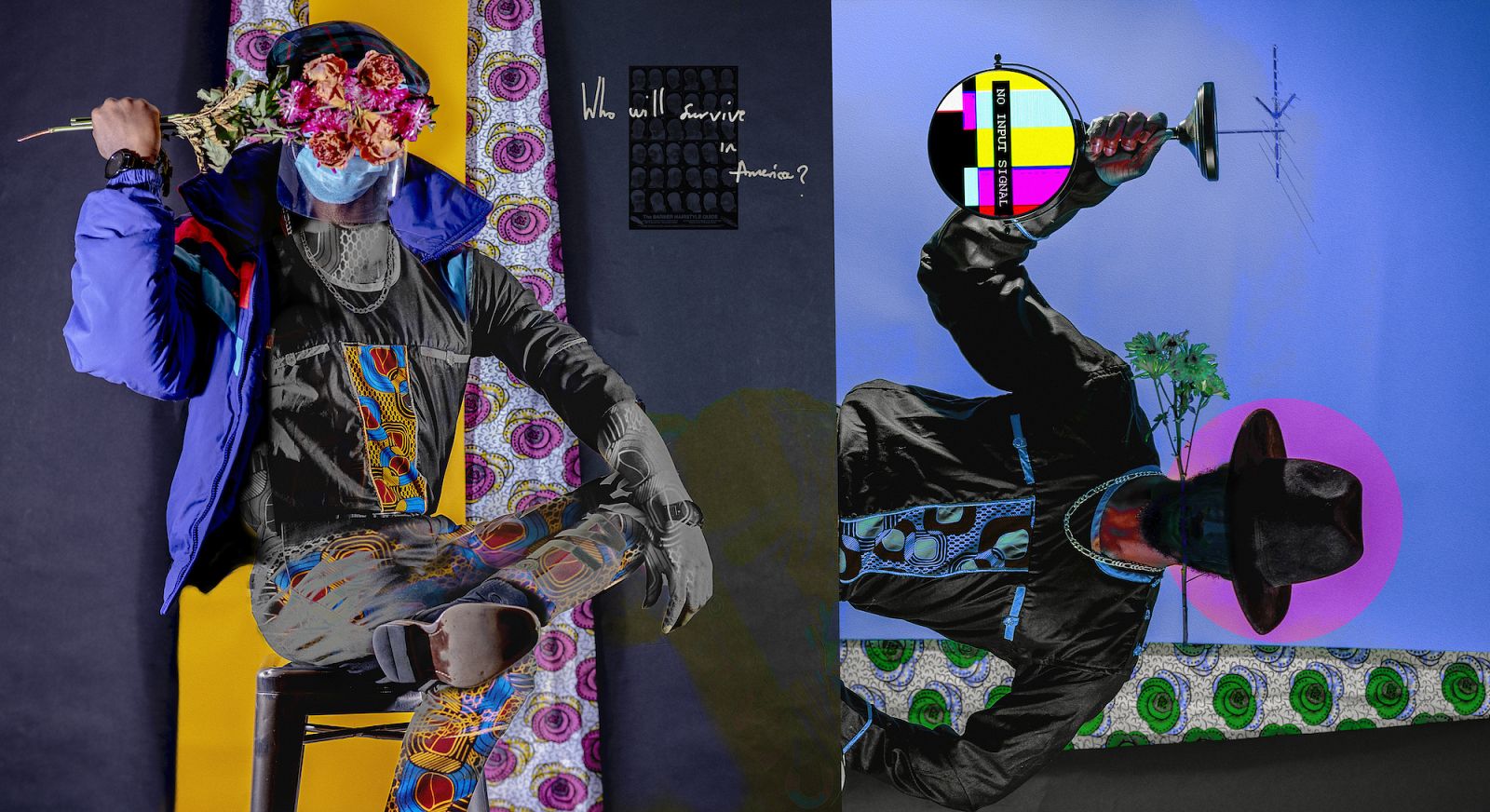“When an artist uses a conceptual form of art,” wrote Sol LeWitt in a 1967 statement on conceptual art, “it means that all the planning and decisions are made beforehand and the execution is a perfunctory affair.” Lewitt and other conceptual artists often regard the execution of a work of art as subordinate to its conceptualization. Execution became an activity that followed the creative process, one which sometimes could be accomplished by someone other than the artist. Execution could mean simply implementing the concept or, in case of LeWitt and many of the Fluxus artists, interpreting it. In either case, the process of execution was regarded as an activity separate from that creation.
The Presence of Absence does not intend to resurrect the 1960s viewpoint that execution is less important than conception; it does, however, provoke questions about conceptual art’s relevance – both by implicit comparison to the so-called neo-conceptual school, and by serving as a catalyst for new works that adapt and revise many of conceptual art’s strategies. Execution is neither perfunctory nor unnecessary here, even though the exhibition excludes both artists and objects. Participating museums receive the artists’ written instructions, diagrams, slides, and transparencies – but never the works of art themselves. These are created anew at each site by local artists, art students, or museum staff and cease to exist at the end of the presentation. None of the works requires the presence of the artist to be executed. None involves tangible, unique, objects. Virtually all utilize the existing architecture of the exhibition space as their support.
All the works in this exhibition require the participation of others to be executed. Several go one step further, obliging the spectator to participate, perceptually and physically, in the creation of the work – in effect, to produce its meaning. These works do not function well as ideas in the way that many examples of conceptual art could; clearly, these works are meant to be executed. But even works in the exhibition that do not engage the viewer in this manner were conceived to be executed and, despite the absence of a material object, have a definite visual component.
-- Excerpt from catalogue essay by Nina Felshin, 1988






